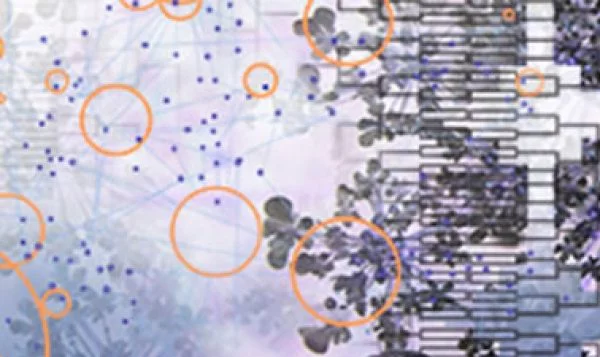
Our world is in a data deluge with ever increasing sizes of datasets. Linear algebra is a tool to manage and analyze such data. This course is part 2 of a 2–part course, with this part extending smoothly from the first. Note, however, that part 1, is not a prerequisite for part 2. In this part of the course, we’ll develop the linear algebra more fully than part 1. This class has a focus on data mining with some applications of computer graphics. We’ll discuss, in further depth than part 1, sports ranking and ways to rate teams from thousands of games. We’ll apply the methods to March Madness. We’ll also learn methods behind web search, utilized by such companies as Google. We’ll also learn to cluster data to find similar groups and also how to compress images to lower the amount of storage used to store them. The tools that we learn can be applied to applications of your interest. For instance, clustering data to find similar movies can be applied to find similar songs or friends. So, come to this course ready to investigate your own ideas. Courses offered via edX.org are not eligible for academic credit from Davidson College. …
Instructor Details
Courses : 2
Specification: Applications of Linear Algebra (Part 2)
|
2 reviews for Applications of Linear Algebra (Part 2)
Add a review Cancel reply
This site uses Akismet to reduce spam. Learn how your comment data is processed.
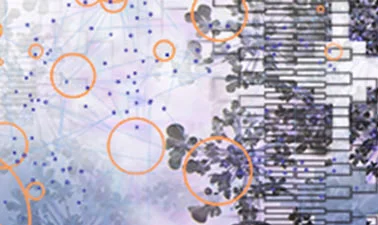
| Price | Free |
|---|---|
| Provider | |
| Duration | 60 hours |
| Year | 2021 |
| Level | Intermediate |
| Language | English |
| Certificate | Yes |
| Quizzes | No |

FREE



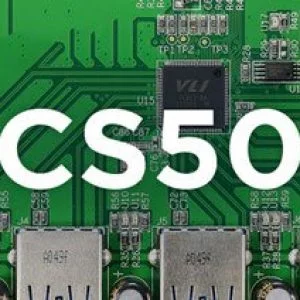
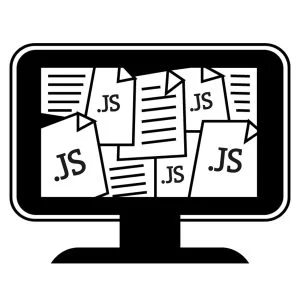
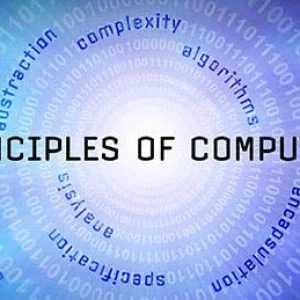
Hchan –
Amazing course that teaches you how to “play with” linear algebra and do some very cool things. Tim Chartier takes you through a veritable wonderland of real world applications and visualizations enabled by the basic results in your typical introduction to linear algebra textbook. Exploratory activities and provided source code help guide you through how to work through your own, personal, versions of each of these applications. One word of warning: this is a course to play with applications, not to learn linear algebra for the first time. Before this course, you should have completed at least one introductory linear algebra course to get the full benefit. Second point: the exploratory activities are exactly that: for exploration. You are given a sandbox and a box of toys and tools, and it’s up to you what you want to build and discover. You will certainly get as much out of it as you put in! People looking for rigid, structured homeworks with a correct answer sheet should look elsewhere. For the rest of us, approaching this with a curious mind, this course is the best way to cement those formerly dry and abstract concepts of linear algebra and really internalize and recognize them for the powerful and gloriously fun tools that they are.
Gregory J Hamel ( Life Is Study) –
Applications of Linear Algebra Part 2 is the second part of an introductory linear algebra course offered by Davidson University through the edX MOOC platform. The course spans 6 units and runs for 6 weeks, but all the lecture content and activities are available as soon as the course opens. The topics presented in part 2 build on the foundation laid in part 1 and include: least squares, correlation, eigenvectors, singular value decomposition, Markov chains, principle components analysis and sports prediction.
Applications of Linear Algebra Part 2 follows the same pattern as part 1: each week consists of 2 to 3 short lectures, each with a corresponding activity that illustrates an application of the topic covered in lecture. This formula worked well in part 1 because the topics were relatively simple and the activities were provided via basic web apps. In part 2, the concepts are more complicated too complicated for students to develop a solid understanding of them after one short lecture video. In addition, most of the activities in part 2 require running code in MATLAB. The course provides a free MATLAB license and tutorial videos, but it takes more effort to jump into activities. On the plus side, once you get them up and running, the applications in part 2 are even more interesting and fun to play with than the activities in part 1.
Professor Chartier is personable and engaging in the lectures despite following a prompter/script. Although his voice is clear, he spends a bit too much time reading off the numeric contents of matrices, when it would more instructive to have the matrices and other information on screen in persistent slides. Given the complexity of the material and brevity of the lecturers, students aren’t likely to fully understand the math unless they have taken a course in linear algebra before. I suspect the lectures are going to leave a lot of students scratching their heads. It might have been wiser for the course not to purport to teach all the math behind the applications, but instead give a general overview of concepts before each activity and provide resources/references for students to learn about the math in greater detail. I don’t normally advocate hand waving, but as a course prioritizing applications over mathematical understanding, there are some instances where it may have been warranted.
Overall, Applications of Linear Algebra Part 2 is another solid course that has a lot of interesting activities, but it is not as approachable as part 1 and tends to rush through complicated topics to get to interesting applications.
I give Applications of Linear Algebra Part 2 a score of 4 out of 5 stars: Very Good.